The Legacy of Stone: A Look at Historic Buildings Through the Ages
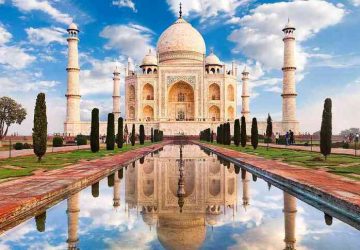
Historical buildings are not just structures; they are testimonies of architectural evolution, cultural heritage, and historical events. These buildings have withstood the test of time, showcasing the artistry and craftsmanship of different eras.
1
The Great Wall of China
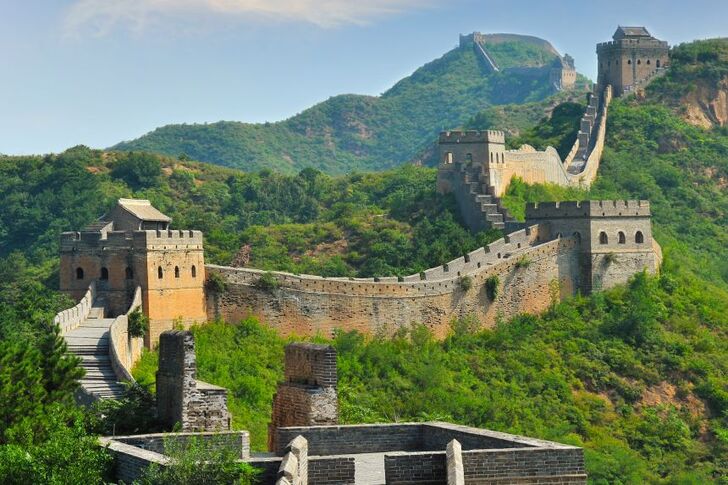
The Great Wall of China is one of the most remarkable architectural feats in human history. Stretching over 13,000 miles, it was built over several dynasties, beginning as early as the 7th century BC. The wall was constructed to protect Chinese states and empires from invasions and raids by nomadic tribes from the north. Made primarily from stone, brick, tamped earth, wood, and other materials, the wall showcases various styles of construction adapted to the terrain it traverses. In addition to its defensive purpose, the Great Wall also served as a means of border control, enabling the imposition of duties on goods transported along the Silk Road and facilitating the regulation of immigration and emigration. Today, the Great Wall is a UNESCO World Heritage Site and a symbol of China’s enduring strength and ingenuity. It attracts millions of tourists each year, offering a glimpse into the rich history and cultural heritage of ancient China.
Do you agree?
2
Notre-Dame Cathedral
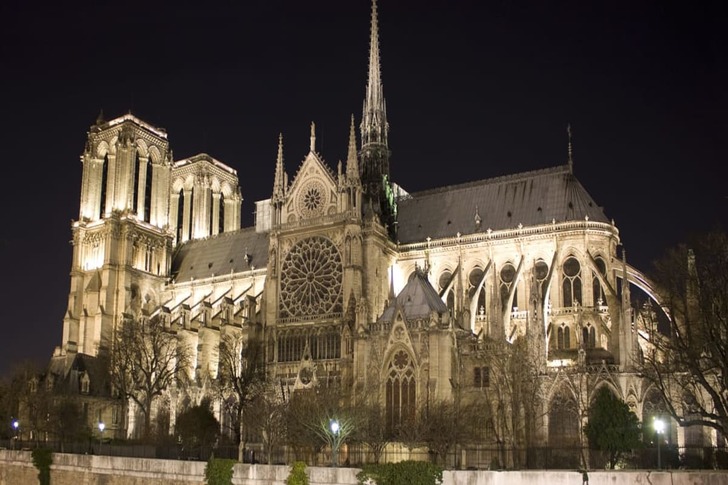
Notre-Dame Cathedral, located on the Île de la Cité in Paris, France, is one of the most famous Gothic cathedrals in the world. Construction began in 1163 under the reign of King Louis VII and took over a century to complete. The cathedral is renowned for its architectural innovations, including flying buttresses, ribbed vaults, and stunning stained glass windows. The iconic twin towers and the spire, which tragically collapsed during the 2019 fire, are recognizable symbols of Paris. Notre-Dame has witnessed numerous historical events, such as the coronation of Napoleon Bonaparte and the beatification of Joan of Arc. Despite the fire that caused extensive damage, efforts to restore the cathedral are underway, preserving its cultural and historical significance. Notre-Dame remains a UNESCO World Heritage Site and continues to inspire awe with its grandeur and artistry. It is a testament to the ingenuity and devotion of the medieval craftsmen who built it and stands as a symbol of resilience and heritage in the heart of Paris.
Do you agree?
3
The Colosseum
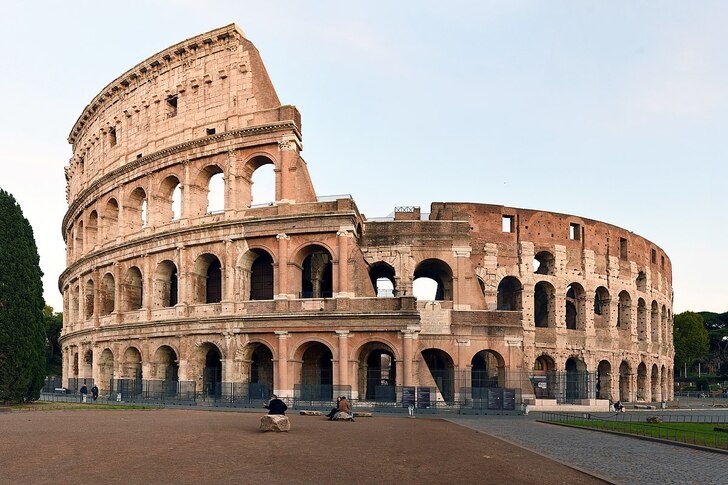
The Colosseum, also known as the Flavian Amphitheatre, is an iconic symbol of ancient Rome’s architectural and engineering prowess. Located in the heart of Rome, Italy, it was commissioned by Emperor Vespasian of the Flavian dynasty around AD 70-72 and completed in AD 80 by his son Titus. The Colosseum could hold between 50,000 and 80,000 spectators and was used for gladiatorial contests, public spectacles, and dramas based on Classical mythology. Its elliptical structure, standing 157 feet tall, and its innovative use of concrete and stone have inspired architects for centuries. Despite being damaged by earthquakes and stone-robbers, the Colosseum remains a powerful symbol of the Roman Empire’s grandeur. It is one of Rome’s most popular tourist attractions, drawing millions of visitors who marvel at its grandeur and contemplate the historical events that took place within its walls. The Colosseum is also a UNESCO World Heritage Site, preserving its legacy for future generations to appreciate and learn from.
Do you agree?
4
The Parthenon
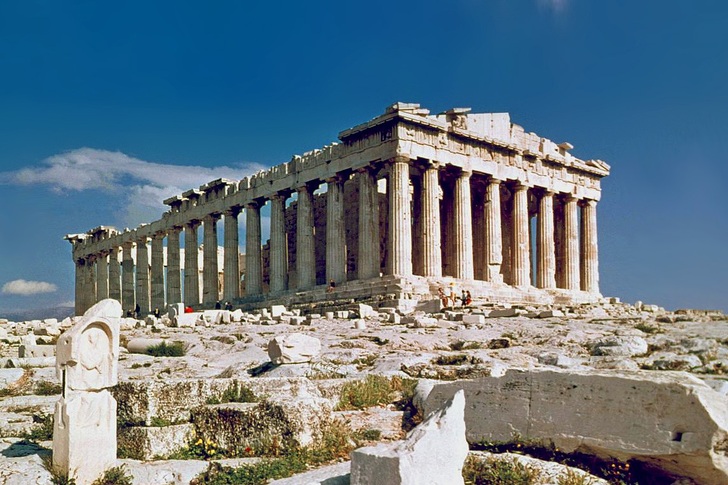
The Parthenon is one of the most enduring symbols of Ancient Greece and Western civilization. Located on the Acropolis of Athens, it was constructed between 447 and 432 BC during the height of the Athenian Empire. The Parthenon was dedicated to Athena, the goddess of wisdom and war, whom the people of Athens considered their patron. Designed by architects Iktinos and Kallikrates under the direction of the sculptor Phidias, the temple is a masterpiece of Doric architecture. It originally housed a massive statue of Athena made of gold and ivory. The Parthenon’s architectural refinements, such as the slight curvature of its columns and steps, create an optical illusion of perfect symmetry and balance. Despite damage over the centuries from war, looting, and environmental factors, the Parthenon remains a powerful symbol of ancient Greek achievement. It is a UNESCO World Heritage Site and continues to draw scholars and tourists from around the world who seek to understand and appreciate the cultural and historical significance of Ancient Greece.
Do you agree?
5
The Pyramids of Giza
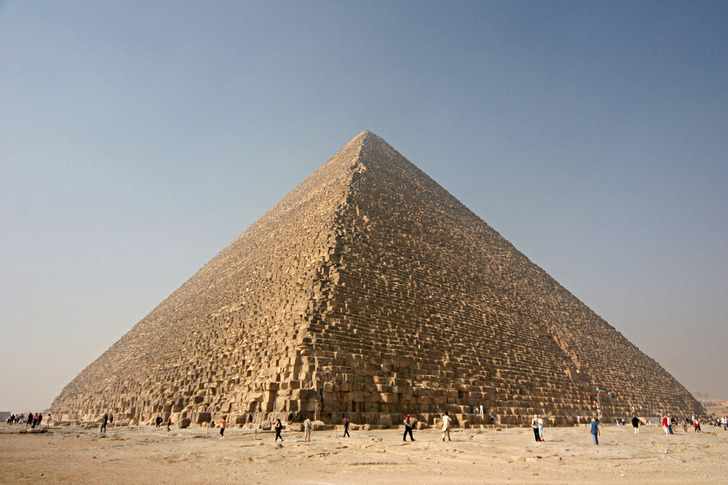
The Pyramids of Giza, located on the Giza Plateau near Cairo, Egypt, are among the most recognizable and awe-inspiring structures in the world. These ancient pyramids were built during the Fourth Dynasty of the Old Kingdom of Egypt, around 2580 – 2560 BC, as tombs for the pharaohs Khufu, Khafre, and Menkaure. The largest of the three, the Great Pyramid of Khufu, was originally 481 feet tall and remained the tallest man-made structure in the world for over 3,800 years. The precise engineering and alignment of the pyramids with celestial bodies demonstrate the advanced knowledge of the ancient Egyptians. Each pyramid is part of a larger complex that includes temples, causeways, and smaller pyramids for queens. The Pyramids of Giza are UNESCO World Heritage Sites and continue to be the subject of research and exploration, offering insights into ancient Egyptian civilization, its beliefs, and its architectural ingenuity. They attract millions of tourists annually, inspiring wonder and admiration for the achievements of one of history’s greatest civilizations.
Do you agree?
6
Machu Picchu
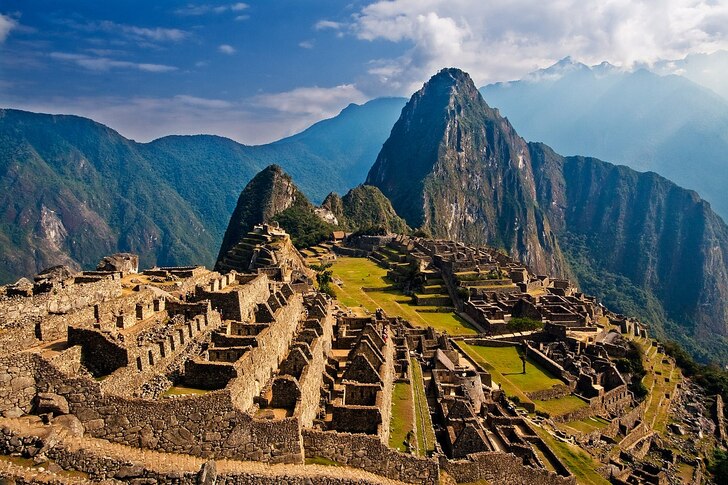
Machu Picchu, often referred to as the “Lost City of the Incas,” is one of the most famous and intriguing archaeological sites in the world. Located in the Andes Mountains of Peru, it was built in the 15th century during the reign of the Inca emperor Pachacuti. This ancient citadel is situated at an altitude of about 7,970 feet, surrounded by steep cliffs and lush vegetation. Machu Picchu’s sophisticated dry-stone construction includes terraces, ramps, and ceremonial buildings, all harmoniously integrated into the natural landscape. The purpose of Machu Picchu remains a subject of debate among historians, with theories ranging from it being a royal estate to a religious site. Rediscovered by Hiram Bingham in 1911, Machu Picchu has since become a UNESCO World Heritage Site and one of the New Seven Wonders of the World. Its breathtaking setting and historical significance attract hundreds of thousands of visitors annually, making it a must-see destination for those interested in ancient civilizations and stunning landscapes.
Do you agree?
LATEST POSTS
- 1
 Find Out How to Safeguard Your Gold Investment from Volatility
Find Out How to Safeguard Your Gold Investment from Volatility - 2
 Find Out How to Finance Your Roof Replacement
Find Out How to Finance Your Roof Replacement - 3
 How to Avoid Common Pitfalls When Hiring a Roofing Company
How to Avoid Common Pitfalls When Hiring a Roofing Company - 4
 How to Select the Ideal Roofing Company for a Successful Roof Replacement
How to Select the Ideal Roofing Company for a Successful Roof Replacement - 5
 How to Safeguard Your Senior Apartment for Optimal Safety and Comfort
How to Safeguard Your Senior Apartment for Optimal Safety and Comfort
Share this article




